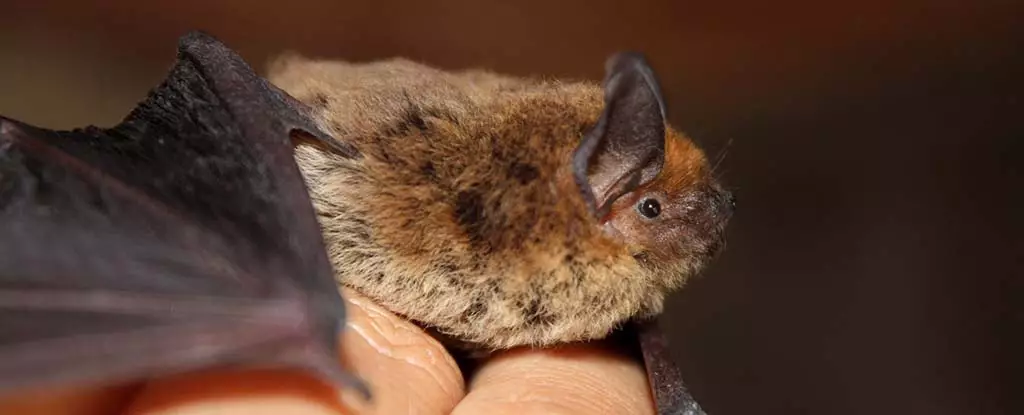In 2006, a peculiar discovery was made in New York’s Howe Cave – bats with a fuzzy white substance on their snouts, marking the first sighting of white-nose syndrome (WNS). Since then, this fungal disease has wreaked havoc on bat populations across the United States. A recent study has revealed a shocking connection between the decline of bats and human health, specifically infant mortality rates, and agricultural practices.
Despite the negative reputation bats have gained, especially in light of recent events like the COVID-19 pandemic, it is essential to recognize the valuable role they play in our ecosystem. Bats act as natural pesticides by consuming insects, thus helping to control crop pest populations. The decline in bat populations due to WNS has led to devastating consequences for both human health and agriculture.
The study conducted by ecological economist Eyal Frank at the University of Chicago utilized observational methods to investigate the impact of bat decline on pesticide use and infant mortality rates. The results were alarming, showing that counties affected by WNS experienced a 31 percent increase in pesticide use. As a result, crop sales revenue plummeted by nearly 29 percent, causing significant economic losses for farmers.
Frank’s research shed light on the economic and health costs associated with the decline in bat populations. He estimated that farmers in WNS-affected communities incurred a combined cost of US$26.9 billion between 2006 and 2017. Additionally, infant mortality rates due to internal causes of death rose by 8 percent in these counties, resulting in approximately 1,334 additional infant deaths. These findings highlight the dire consequences of increased pesticide use in the absence of insect-eating bats.
The study underscores the crucial role that bats play in maintaining ecological balance and agricultural sustainability. As natural predators of crop pests, bats help reduce the need for chemical pesticides, which have harmful implications for human health and the environment. Frank’s research emphasizes the importance of conserving bat populations to mitigate the adverse effects on both agriculture and public health. It serves as a stark reminder of the intricate interconnectedness of species in our ecosystem and the far-reaching consequences of their decline.

Leave a Reply